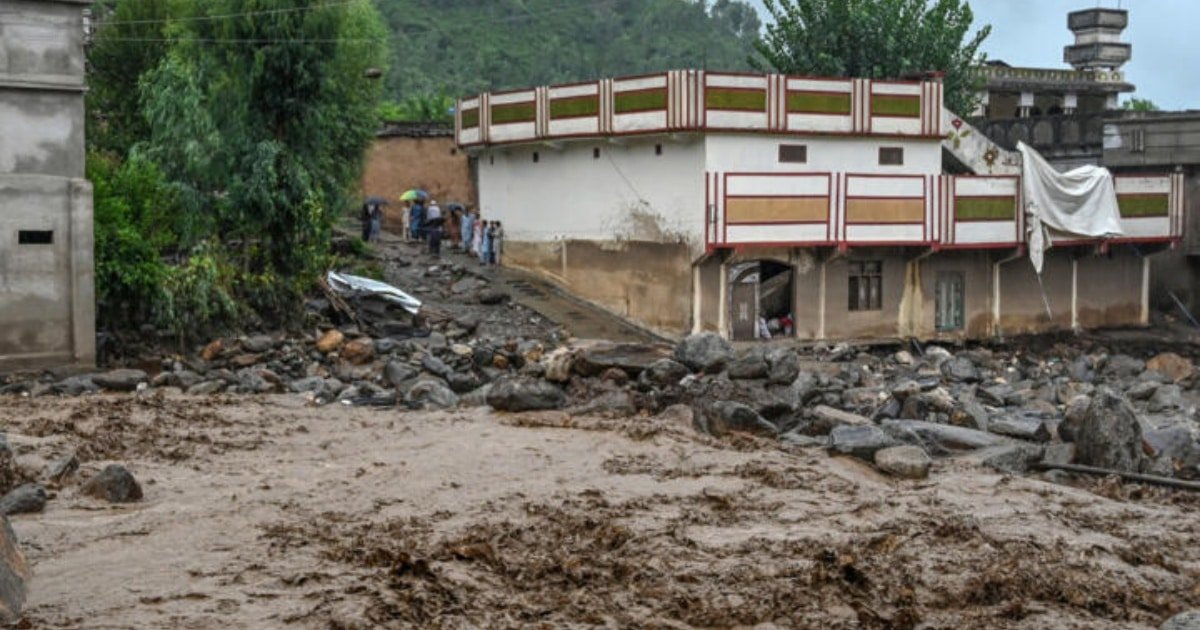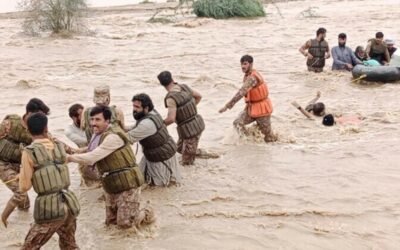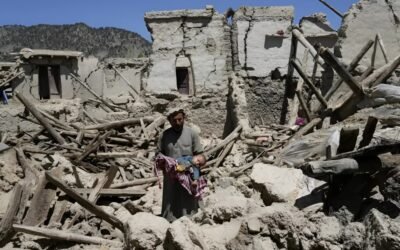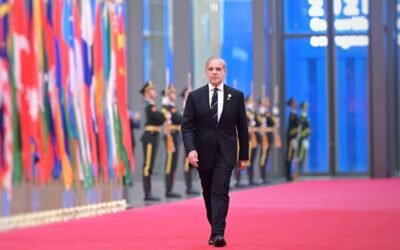August 25, 2025 – Pakistan is facing one of the worst monsoon flooding disasters in recent years, with the official death toll surpassing 780 lives lost and more than 1,000 injured. Thousands remain displaced as rescue and relief efforts continue across the hardest-hit provinces.
Monsoon Floods in Pakistan 🇵🇰
Flash Update #2:
➡️ Over 785 people killed, widespread destruction, and thousands of people displaced — with Khyber Pakhtunkhwa the most affected.📄 More info here: https://t.co/LbUx0MdkO4#PakistanFloods #Monsoon2025
@OCHAPakistan 🇺🇳 @ndmapk pic.twitter.com/m2VGBT8MBV— United Nations Pakistan – اقوام متحدہ پاکستان (@UNinPak) August 25, 2025
Human Toll by Region
- Khyber Pakhtunkhwa (KP): The most severely affected province, recording 409 deaths and 251 injuries since mid-August.
- Buner district alone reported over 200 deaths after a rare cloudburst unleashed flash floods.
- Heavy losses were also reported in Dera Ismail Khan, Shangla, and Swat, with women and children among the majority of victims.
- Punjab: At least 165 deaths and 584 injuries have been confirmed. Rising water levels in the Indus and Chenab rivers displaced thousands of families.
- Sindh: The province reported 51 deaths and 71 injuries, with Karachi’s urban flooding on August 19 causing multiple fatalities.
- Gilgit-Baltistan: While no deaths were reported, a glacial lake outburst flood (GLOF) in Ghizer district destroyed 330 houses and damaged infrastructure.
Infrastructure & Property Damage
- Homes: Over 6,630 homes have been damaged or destroyed nationwide.
- Schools & Roads: KP alone lost over 100 schools, while roads and bridges collapsed across multiple provinces, leaving communities cut off.
- Power & Energy: In Dera Ismail Khan, winds and rain toppled electric poles and solar panels, causing major blackouts.
- Agriculture: Thousands of acres of farmland were washed away, and over 5,450 livestock perished.
Rescue & Relief Efforts
- Rescue Operations: The NDMA reported 25,644 people rescued in 512 operations so far, with support from the Pakistan Army and Pakistan Air Force, which are airlifting relief to inaccessible areas.
- Humanitarian Aid: The government, UN agencies, and NGOs including AKDN, Human Appeal, and Islamic Relief are distributing food, tents, blankets, hygiene kits, and medical supplies.
- Medical Response: Mobile medical camps have been deployed to treat injuries and curb outbreaks of waterborne diseases.
Challenges Ahead
Relief operations remain hampered by damaged infrastructure, blocked roads, and poor communication networks. With more heavy rainfall forecast, the risk of further flash floods and landslides threatens to worsen the crisis.
The situation underscores the urgent need for sustained national and international support to assist affected communities and rebuild critical infrastructure.
You May Like To Read: COAS Asim Munir Reaffirms Flood Relief as Pakistan Army’s Top Priority







